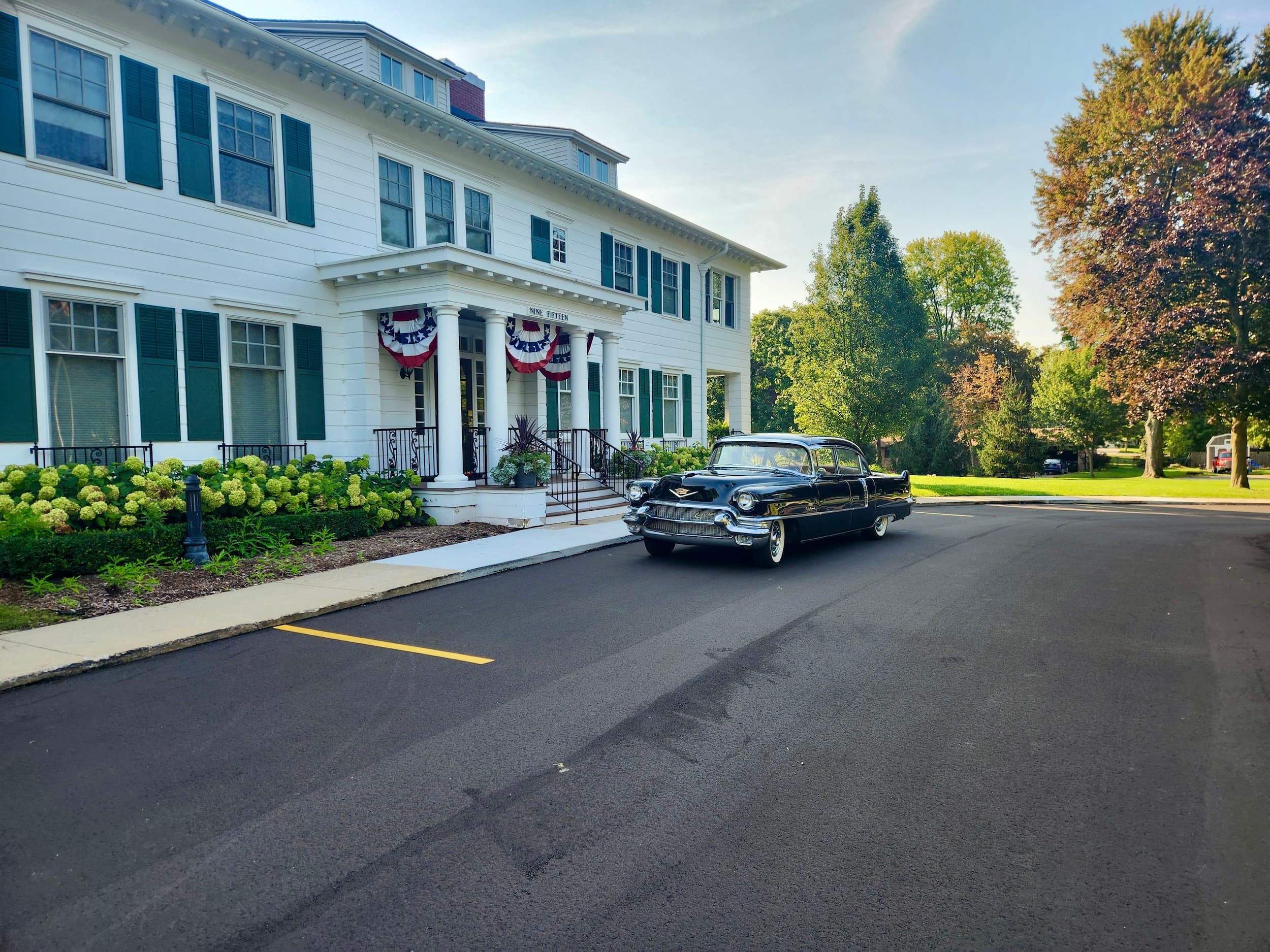Posted in Uncategorized
Disclaimer: This article is for educational purposes only and does not constitute legal advice. Reading it does not create an attorney–client relationship. Every situation is unique—consult a qualified Michigan provisional patents lawyer about your specific circumstances.
“Patents are too expensive” is one of those startup myths that survives because people only see the all-in number, not the sequence behind it. A staged approach—provisional, non-provisional, strategic acceleration only if justified—lets you protect the invention now and meter out spend as risk falls and evidence grows.
Start With A Provisional: Lock Priority, Buy Time
A provisional patent application secures a filing date and “patent pending” status with lighter formalities. Done right, it gives you up to 12 months to validate the market, refine features, and gather data before you commit to full examination. The catch: your later claims can only rely on what you actually disclosed, so the provisional should still read like a complete technical narrative (embodiments, alternatives, and drawings), not a napkin sketch.
Convert When The Business Case Is Ready
When you’re confident about scope and direction, file the non-provisional (utility) application. This is the claim-driven filing that gets examined. Government charges (filing, search, examination) are triggered here which is exactly why staging helps cash flow. Many applicants qualify for small-entity or micro-entity fee reductions if eligibility criteria are met; it’s worth confirming status early and monitoring it over time.
Practical Tip:
Use the 12-month window to add test data, improved drawings, and any variants you actually plan to commercialize. This aligns legal scope with what you’ll sell (and enforce).
Only Pay For Speed When Speed Pays You Back
Need faster clarity for fundraising, licensing, or a looming launch? Consider prioritized examination (Track One) at the non-provisional stage. It aims for a final disposition in about a year, useful when a quick patentability signal de-risks a deal or keeps competitors at bay. If speed won’t change a decision or unlock capital, skip it and conserve budget.
How Staged Filing Spreads And Controls Costs
Phase the work: invest first in a comprehensive provisional that captures core embodiments. Push heavier claim strategy and formal drawings to the non-provisional, where you’ll have better intel.
Sequence markets: a provisional anchors your priority date while you evaluate whether to expand via PCT or targeted national filings closer to month 12, when facts are clearer.
Right-size claims: begin with claims broad enough to matter but not so sprawling that you trigger unnecessary excess-claims fees. Adjust as prosecution unfolds.
Use discounts cleanly: if you qualify for small or micro status, document it and keep it current. Fixing mistakes later is painful and, occasionally, punitive.
The Comms Style Matters As Much As The Strategy
Cost control isn’t only about fees; it’s also about process. Lead with the conclusion, the options, and the next deadline—then attach the background. Decision-friendly reporting saves calendar time and, by extension, money. That “cut to the chase” approach scales from docket reporting to patent budgeting.
Bottom Line
A patent doesn’t have to be an all-at-once expense. With a disciplined provisional, non-provisional cadence, optional acceleration, and clear communication, you can protect what’s novel now, prove what’s valuable next, and invest heavier only when the business case supports it. If you want a numbers-first plan that maps filings to your next funding or launch milestone, The Patent Baron PLLC can share a simple, staged budget and timeline you can actually run a company on. Contact us today.
Educational-use disclaimer repeated for clarity: Nothing in this article is legal advice; consult an attorney for guidance on your specific facts.


